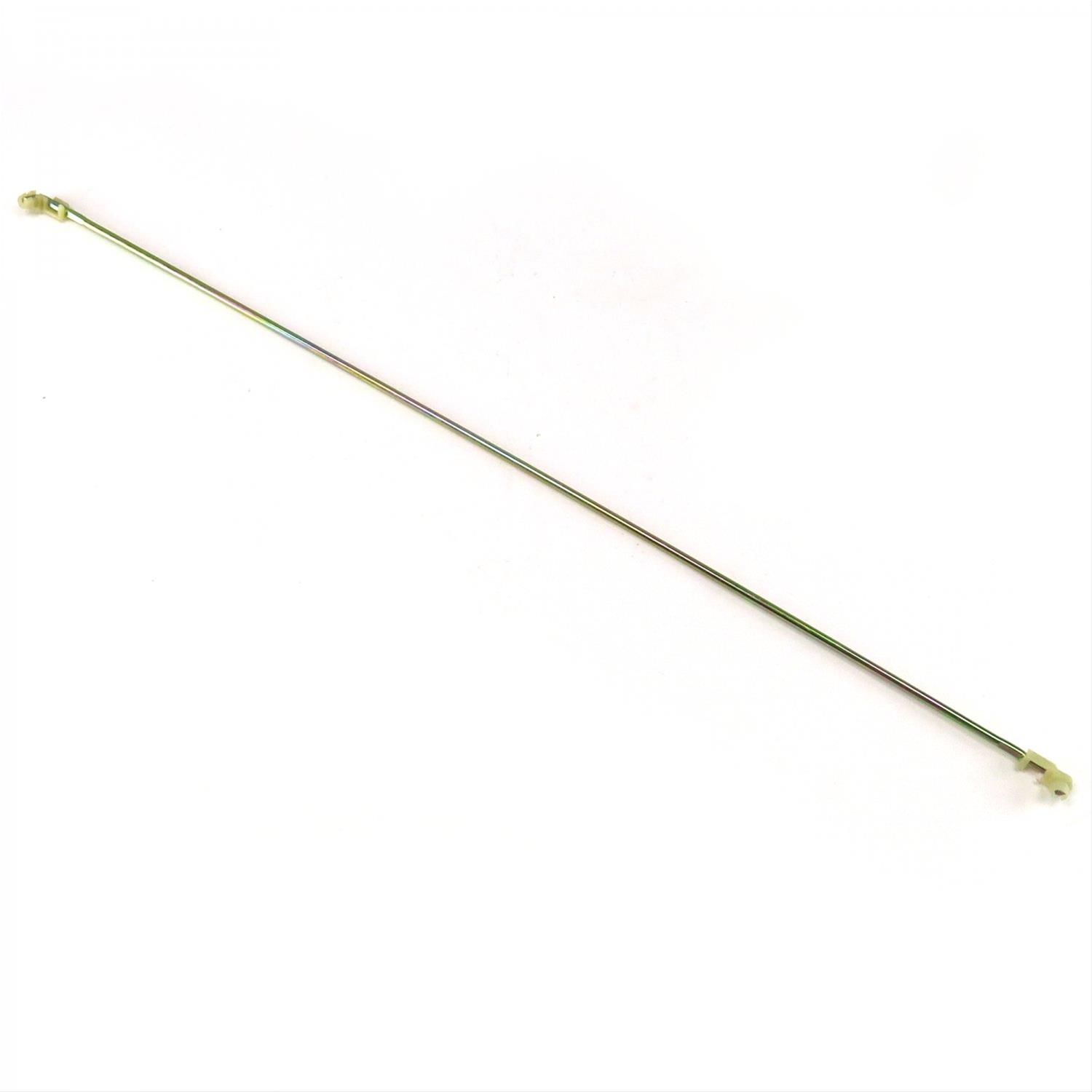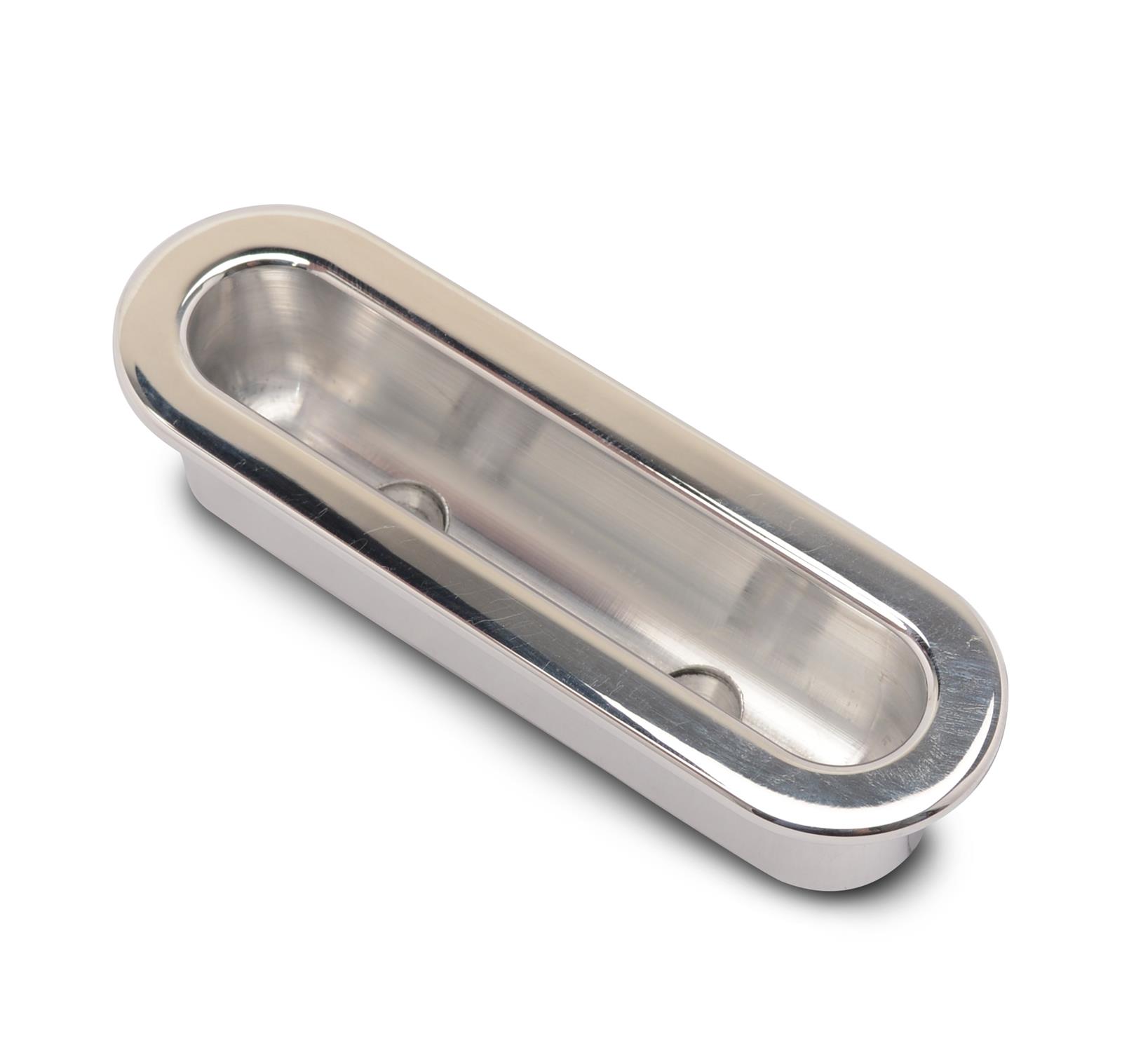Joel K
Supporter
The bearclaw latch is now connected to the outer door handle with a flexible cable. A steel rod connects the bearclaw latch to the inner door handle. The outer door handle lock mechanism works perfectly. No grinding was needed in my application. Not even with the addition of the reinforcing plate at the bearclaw latch. Next up is to buy a couple of momentary "pull" solenoids with remotes. They will connect (in parallel) to the steel rods going to the inner door handles. The outer door handles will remain in the locked position for the most part (similar to shaved door handles)(door poppers won't be needed as I still have outer door handles). The only time I'll need to use the lock cylinder is if the solenoids fail or I lose electrical power. Then it's a matter of unlocking the outer door and using the handle to unlock the door. I wouldn't advice doing this without the outer door lock cylinders operational unless you have an emergency way of activating the latches with a loss of electrical power.
The only problem with this approach is if you leave the door key and door opener fob in the car and close the door. I have keyless starting so for the most part the fob and key will be in my pocket. Please comment if you can think of any problems with this idea!

SPAL SHAVED-40 Basic Shaved Door Handle Remote Entry Kit
If your street rod doesn't have this SPAL shaved door handle remote entry system, you don't know what you're missing. You can add another solenoid and relay for your trunk if desired. Basic Kit includes: Two massive 40 lb. pull solenoids Two 4-button transmitters One 7-channel receiver Hardware...www.speedwaymotors.com
View attachment 103891
Very nice work Ken, I can’t come up with any other recommendations and really like your approach.







